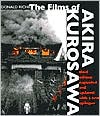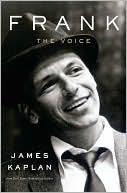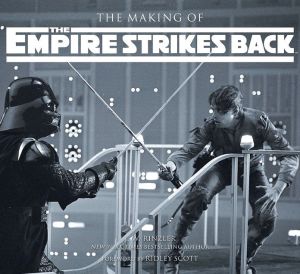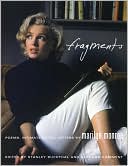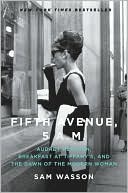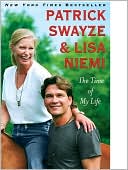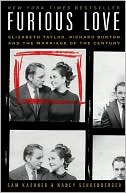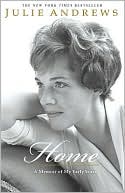The Films of Akira Kurosawa, Third Edition, Expanded and Updated
In an epilogue provided for his incomparable study of Akira Kurosawa (1910-1998), Donald Richie reflects on Kurosawa's life work of thirty feature films and describes his last, unfinished project, a film set in the Edo period to be called The Ocean Was Watching.\ Kurosawa remains unchallenged as one of the century's greatest film directors. Through his long and distinguished career he managed, like very few others in the teeth of a huge and relentless industry, to elevate each of his films to...
Search in google:
In an epilogue provided for his incomparable study of Akira Kurosawa (1910-1998), Donald Richie reflects on Kurosawa's life work of thirty feature films and describes his last, unfinished project, a film set in the Edo period to be called The Ocean Was Watching.Kurosawa remains unchallenged as one of the century's greatest film directors. Through his long and distinguished career he managed, like very few others in the teeth of a huge and relentless industry, to elevate each of his films to a distinctive level of art. His Rashomon—one of the best-remembered and most talked-of films in any language—was a revelation when it appeared in 1950 and did much to bring Japanese cinema to the world's attention. Kurosawa's films display an extraordinary breadth and an astonishing strength, from the philosophic and sexual complexity of Rashomon to the moral dedication of Ikiru, from the naked violence of Seven Samurai to the savage comedy of Yojimbo, from the terror-filled feudalism of Throne of Blood to the piercing wit of Sanjuro. Library Journal This third edition of a work first published in 1965 covers the four films made since the second edition was released, including Ran, arguably Kurosawa's biggest hit in America. Kurosawa is acknowledged as one of the greatest artists of the sound era, and he is easily the best-known Japanese director to Western audiences. This book concentrates solely on the films themselves; other than a brief biographical section that ends when Kurosawa began directing and a closing analysis of his style and methods, no additional topic is covered. Each film is analyzed separately along the lines of characterization, story, camera, production, music, treatment, and so forth. Greater space is given to the masterpieces: Rashomon, Seven Samurai, Ikiru, and The Throne of Blood. Richie's expertise is hard to miss; surely he overlooks no aspect of these films. Given Kurosawa's age (he's 86) and the difficulties of financing in Japanese cinema, it is unlikely he will produce any more movies. Highly recommended for academic and film collections; public libraries should buy according to demand.Marianne Cawley, Enoch Pratt Free Lib., Baltimore
Acknowledgments9Akira Kurosawa10Sanshiro Sugata14Sanshiro Sugata - Part II24The Most Beautiful26They Who Step on the Tiger's Tail30No Regrets for Our Youth36One Wonderful Sunday43Drunken Angel47The Quiet Duel54Stray Dog58Scandal65Rashomon70The Idiot81Ikiru86Seven Samurai97Record of a Living Being109The Throne of Blood115The Lower Depths125The Hidden Fortress134The Bad Sleep Well140Yojimbo147Sanjuro156High and Low163Red Beard171Dodesukaden184Dersu Uzala195Kagemusha204Ran214Dreams220Rhapsody in August224Madadayo227Method, Technique and Style229Epilogue244Filmography246A Selective Bibliography262Index265List of Plates271
\ Library JournalThis third edition of a work first published in 1965 covers the four films made since the second edition was released, including Ran, arguably Kurosawa's biggest hit in America. Kurosawa is acknowledged as one of the greatest artists of the sound era, and he is easily the best-known Japanese director to Western audiences. This book concentrates solely on the films themselves; other than a brief biographical section that ends when Kurosawa began directing and a closing analysis of his style and methods, no additional topic is covered. Each film is analyzed separately along the lines of characterization, story, camera, production, music, treatment, and so forth. Greater space is given to the masterpieces: Rashomon, Seven Samurai, Ikiru, and The Throne of Blood. Richie's expertise is hard to miss; surely he overlooks no aspect of these films. Given Kurosawa's age (he's 86) and the difficulties of financing in Japanese cinema, it is unlikely he will produce any more movies. Highly recommended for academic and film collections; public libraries should buy according to demand.Marianne Cawley, Enoch Pratt Free Lib., Baltimore\ \
